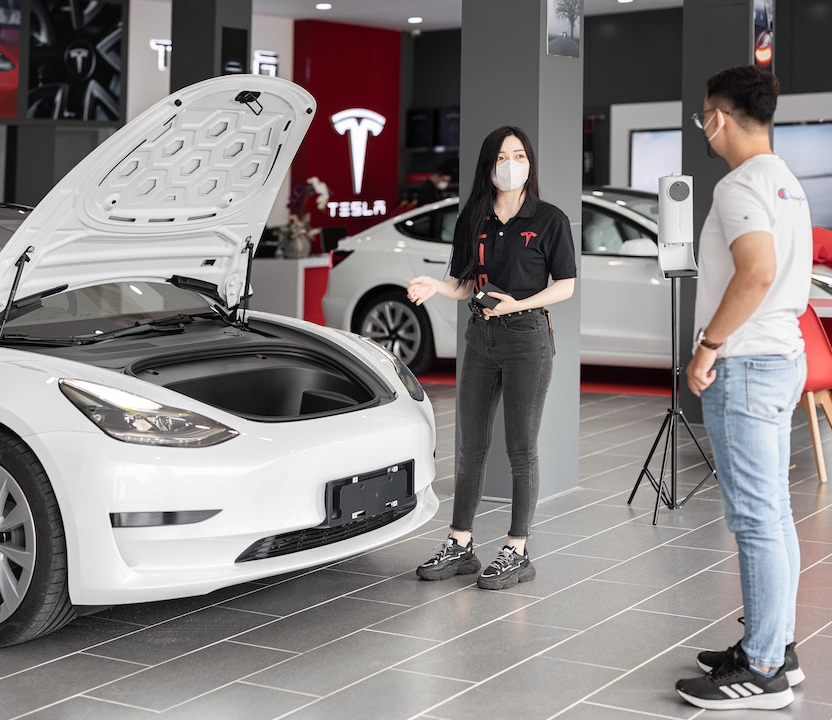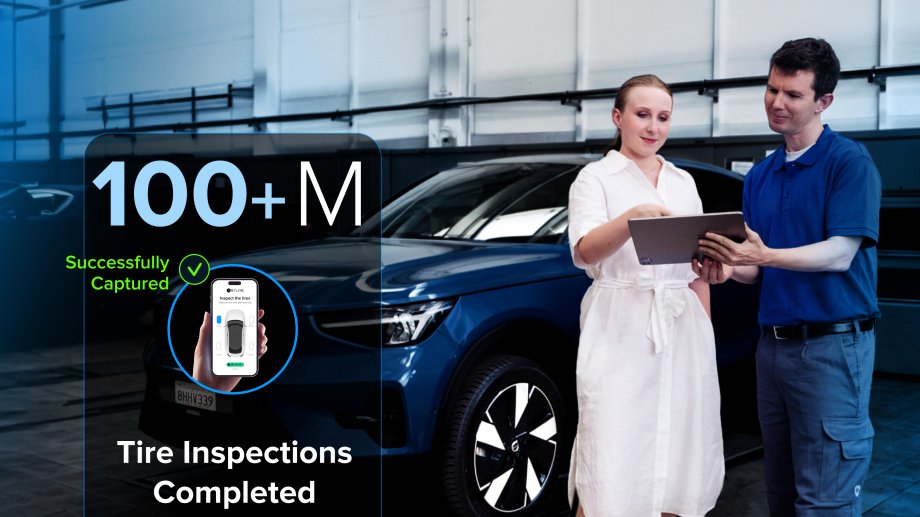
Interconnected Data and Digitalization within Automotive Servicing
A recent episode of The Auto Tech Show featured conversations with Susann Herrmann, who is the Managing Director at Bosch Connected Industry. The conversation is on a topic that is incredibly valuable and on point right now – automotive technology and innovation, and more specifically, on the value of interconnected data within the automotive serving industry.
Herrmann shares, “As we hear about digitalization and then, of course, this is one aspect of it, customer experience, what do customers want, what do customer needs and what they are willing to pay for – is this one big question we all need to ask ourselves and interconnected data within digitalization in the next couple of years will play a major part in different business models, the success of companies, even a difference of generations.”

How the Customer Experience Journey Matters More Now Than Ever
One of the most fundamental changes in the automotive service industry is the need for companies to be more customer oriented. That is, there is an importance in improving the customer experience journey. Interconnected data can help with that process. A part of that process must focus on what customers want and need and what they are willing to pay for. Organizations need to find a way to balance those two aspects – and balance really is what it is all about in making decisions about what types of data solutions to implement.
The Role of Data in Improving Efficiencies
Data is available for every role in the servicing industry. Data can provide information for insurance companies on how often a person drives a car, when they use their brake, and how fast they drive. It can also provide insight into how their tires are wearing and if they need to make adjustments to their driving (or vehicle components) due to gas burn.
There is a lot of data that is already available that can be used to provide information and service. A consumer can have their vehicle remind them that they need to make an appointment for an oil change, for example. That’s just one example, but others also include a focus on other areas of the industry.
Along the same lines, organizations must also be able to put the customer in control. For example, the customer may want to ensure that they can get reminders about oil changes, but they may not want the car to know where they are at all times or have their privacy exposed on an ongoing basis. Organizations have to navigate the process of making wise decisions throughout this process of implementing digitalization.

The Risk of Developing a No Go Solution
There is also the need for organizations to try things out – take three steps forward, even if that includes two steps back. The bottom line is that there are going to be some things that don’t work or may not be things consumers want. Yet, they have to try and find a way to balance their efforts.
There are situations where companies may find themselves with a tool or new solution that is not working the way it should, and it may be a “no” in terms of going forward. What they do then is dependent on the circumstances, the time, and the money available to pivot that idea or tools to something that is better fitting. There is always going to be some level of risk involved in this type of disruption in the industry, and that is to be expected, but companies that do not take on that risk may find themselves significantly limited.
Prioritizing Digitalization
Every organization – in all different business models – has to make decisions on what to prioritize in terms of digitization and what not to do so. Safety is always going to be a priority, and improving customer experience is a necessary step as well. For example, when a service company can help to recognize the risk of a tire being at risk of blowing out on the side of the road, that’s going to improve customer experience by minimizing risk.
Organizations need to focus on where consumers can see and experience value when making the decision to digitalize.
To listen to the full audio interview, click here.

